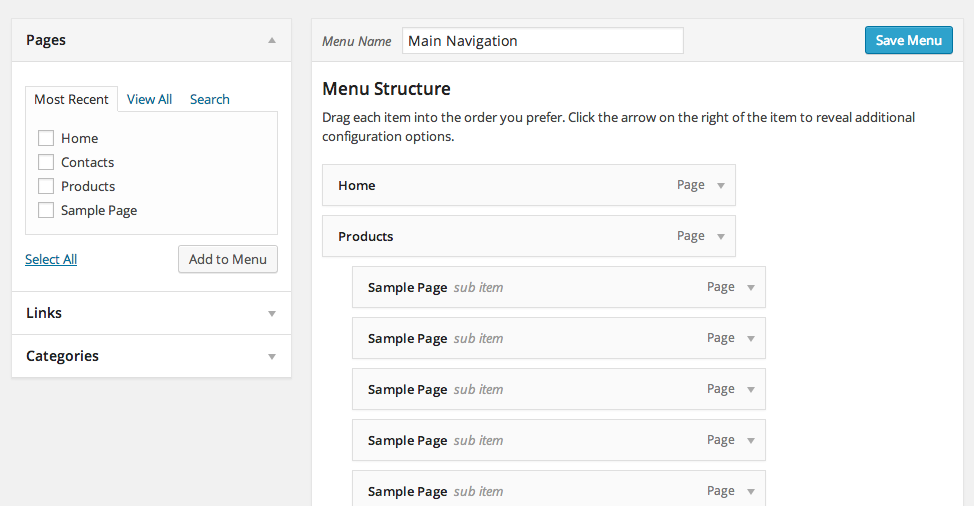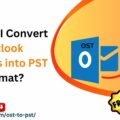It’s broadly accepted that social media data contains a wealth of potentially game-changing insights.
It’s also broadly accepted that getting to those insights is nigh-on impossible without having access to data scientists and huge budgets.
I’d argue that the latter is no longer true, here’s why…
Put your hand up if you’ve ever been in this situation: You’re down the pub and you just cranked out one of your top three stories, everyone laughs and then the guy, who you hardly know, pipes up with “It’s funny that, because I once…”
He goes on to tell a story that has nothing to do with what you were just talking about but it’s funny enough and no-one seems to mind the blatant hi-jack that’s just taken place. Except you.
The story he’s just told is proof that he was never listening in the first place, just waiting to talk, it says “I’m not interested in you, I just want the attention of the people around you.” It’s a broken conversation.
Unfortunately it’s all too common an analogy in terms of the way brands engage with people through social media.
Take Habitat’s spamming of totally irrelevant #tags last year as a particularly extreme example but there are others, many others.
Of the brands we speak to very few can tell us what matters to their audience at any given time – and if you don’t know what things your audience cares about, how do you expect to be one of them?
Don’t get me wrong, it’s not easy for brands to be relevant to lots of people, at the same time, all the time, but our research shows very strongly that there are a few quick(ish) ways of making a big difference:
Listen for people talking about themselves, not just when they talk about you
If you’re only listening to what people say about you (selective hearing) then you’re only scratching the surface of the value that social data can provide.
Knowing what people think of you can be interesting, but as a marketer that will rarely affect how you deliver the campaign in front of you.
However, knowing what websites your customers really like, or what videos they shared, or what TV shows they watch is likely to be more valuable.
Use your resources to create things people care about, use social data to work out how
Understanding what role you can play in your customers’ social space is key to being a good listener.
In most cases this ends up as a mixture between curating content from elsewhere and creating original pieces. Either way if you’re doing this based on gut instinct then you’re missing a huge opportunity.
We ran a few early tests by simply taking the YouTube videos shared by a group of people on Twitter who all shared a common interest, then copying the tags from those videos into a spread-sheet. After about half an hour of work some very clear patterns started to emerge.
Understand your community and reach your audience’s audience
Someone doesn’t have to have a million followers on Twitter to be an influencer. If you look at the people who make up your community on Twitter (for example), you will quickly see that some people are more networked / more active than others.
Just as a good listener in a conversation listens to more than just the words being said (you read body language, read the room etc…), listening to, and coming to understand the makeup of your community is crucial to having constructive conversations with it.
I find a free tool called twiangulate quite useful in doing this over small numbers of people. The point is that by understanding the way your community is connected to each other you can isolate groups and individual who will give you access to far larger audiences.
Isolating these people allows you to be far more specific in how you create and curate content.
Test your hypotheses. Who will define your next campaign?
You’re launching a new product. You have a good idea of the target audience but outside of the focus groups, you have no real large scale information about who will end up being the early adopters and superfans that any new product needs if it’s going to hit the mainstream.
Social listening can play a huge role in helping you build out this picture during the early stages of a campaign, allowing you to tweak messages / change how you’re working with content and be more relevant to the people you want to engage with.
Check out free tools like twtrland as a starter for this.
Demonstrate value from social and make it work on other people’s terms.
Getting of the above done takes both time and resource, and to commit that, you’ll need to prove value.
I’m not going to get into the debate around the ROI of social media here, rather just share a few thoughts around sidestepping the whole debate around what is / isn’t a valid metric.
Using social data as just a new kind of consumer insight can make it quite easy to build a business case without having to prove the value of a Twitter follower or Facebook like.
So, for example if you know that your community likes certain kinds of YouTube videos, then sharing that data with the PPC team can (and in my experience almost always does), open up new opportunities.
Similarly, sharing socially collected data about what sites your audiences like with media buyers or info about influencers with PR teams can generate real improvements in those channels’ performance.
If you can improve the performance of a channel where there is an accepted ROI framework, then you don’t even need to engage in the debate.
The ROI simply becomes the extent to which it makes all the other channels more effective.
None of these challenges are easy to address but as traditional (and digital) media channels fragment further it will only get more important that brands start to change the way they approach social media.
Broken conversations are a waste of time and money and, with relatively limited resources, they don’t need to happen.























No Comments